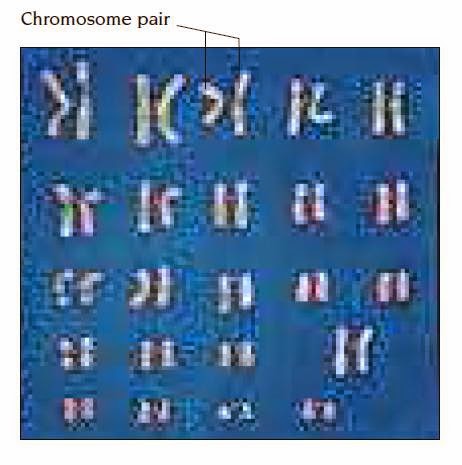The Chronic fatigue syndrome - A condition causing extreme fatigue over a prolonged period, often over years. It is most common in women aged between 25 and 45.
The cause of the condition is unclear. In some cases, it develops after recovery from a viral infection or after an emotional life event such as bereavement.
In other cases, there is no such preceding illness or event. The main symptom is persistent tiredness. Other symptoms of the syndrome vary, but commonly include impairment of short-term memory or concentration, sore throat, tender lymph nodes, muscle and joint pain, muscle fatigue, unrefreshing sleep, and
headaches.
The syndrome is often associated with depression or anxiety. There is no specific diagnostic test for chronic fatigue syndrome, and investigations are usually aimed at excluding other possible causes of the symptoms, such as anaemia.
A physical examination, blood tests, and psychological assessment may be carried out. If no cause can be found, diagnosis of chronic fatigue syndrome is made from the symptoms.
Analgesic drugs or antidepressant drugs may relieve the symptoms. Physiotherapy or psychotherapy may also be helpful. Chronic fatigue syndrome is a longterm disorder, but the symptoms clear up after several years in some people.
Read More
The cause of the condition is unclear. In some cases, it develops after recovery from a viral infection or after an emotional life event such as bereavement.
In other cases, there is no such preceding illness or event. The main symptom is persistent tiredness. Other symptoms of the syndrome vary, but commonly include impairment of short-term memory or concentration, sore throat, tender lymph nodes, muscle and joint pain, muscle fatigue, unrefreshing sleep, and
headaches.
The syndrome is often associated with depression or anxiety. There is no specific diagnostic test for chronic fatigue syndrome, and investigations are usually aimed at excluding other possible causes of the symptoms, such as anaemia.
A physical examination, blood tests, and psychological assessment may be carried out. If no cause can be found, diagnosis of chronic fatigue syndrome is made from the symptoms.
Analgesic drugs or antidepressant drugs may relieve the symptoms. Physiotherapy or psychotherapy may also be helpful. Chronic fatigue syndrome is a longterm disorder, but the symptoms clear up after several years in some people.




